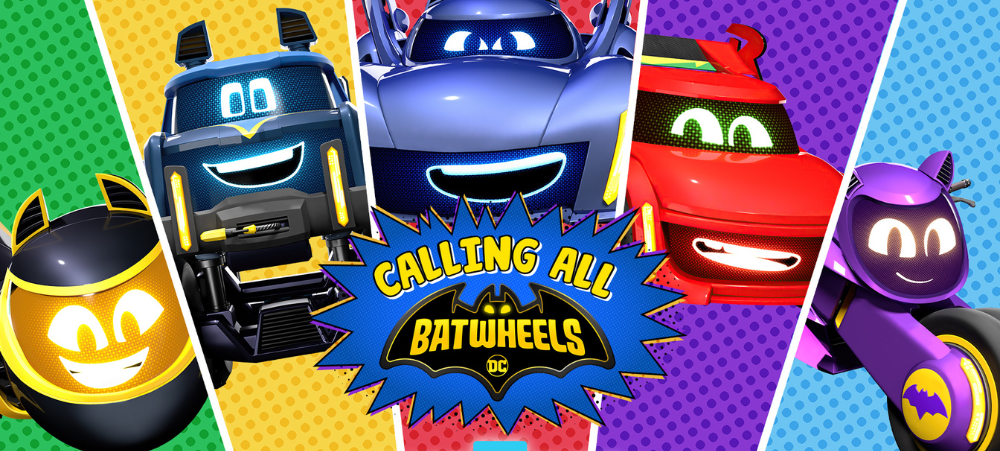
Cadbury is back with another fun-filled Easter adventure for Mzansi
Easter is a season of fun, togetherness, and giving. In true Cadbury style, Mzansi’s most generous chocolate, is once again encouraging you to embrace the magical tradition of hiding your favourite Easter treats with love. The Cadbury Easter range is choc-full of fun for the whole family (and all the choc-enthusiasts too)! Spoil loved ones with Cadbury’s wide range of delicious treats to make your Easter celebrations egg-stra special. Featuring the new Cadbury Dairy Milk Hot Cross Bun slab, with chunks of crunchy cinnamon and raisins to and the popular favourite Cadbury Dairy Milk Top Deck Bunnies slab. There are crunchy choc-filled Cadbury mini eggs, tasty Cadbury Creme Eggs, filled with a creamy fondant center, and a decadent new addition to the range, Cadbury Caramel Eggs with a golden gooey center, available in packs of 5 and 3 respectively so there’s more to share (with love) this Easter. Immerse yourself in an egg-citing Easter adventure when you join the Cadbury Hide Them With Love Mzansi* virtual experience. Celebrate the spirit of generosity by finding that perfect virtual hiding spot, across the country’s most iconic landmarks, to hide a special egg for a friend or loved one to find. Guided by Cadbury’s Easter Icon – Fluffy. Expect fun, mystery and the chance to win exciting rewards including vouchers from Uber Eats, Takealot, Superbalist, Flight Centre travel vouchers valued at R20,000.00, and airtime. Great surprises await simply visit cadbury.co.za and follow the simple steps. Step 1: choose your world: explore a map of Mzansi, featuring four vibrant, magical worlds – Cape Town, Gauteng, Gqeberha and Durban. Each world has its own special appeal, find a spot that resonates with you and a special someone. Step 2: Hide your egg: once you have picked your world, it’s time to hide your egg. Explore unique landmarks that catch your eye and let Fluffy guide you to the ideal one. Step 3: Send a clue: get creative and send a clever, heartfelt clue to guide friends and family to your hidden egg. You can also use clues Fluffy has already written and customsie these as you like. Step 4: Win and share: Hiders and finders both stand to win! The more eggs hidden and found the more chances to win! “The 360-degree digital playground was designed to bring the colourful splendour of our nation to life through an immersive experience that allows you to peek behind corners and switch into auto-pan mode to look around and find the perfect hiding spots. It’s the perfect way to celebrate the ritual of hiding Cadbury easter eggs with love this season,” says Lara Sidersky, Mondelez SA Category Lead for Chocolate. Mzansi’s chocolate lovers can follow the #CadburyMzansiHide conversation on www.cadbury.co.za or Instagram and Twitter @cadbury_sa and Facebook@CadburyDairyMilk Perfect for you to hide at home – the Cadbury Easter range is available at major e-tailers including Checkers Sixty60, Pick n Pay ASAP and SPAR2U and participating retailers near you. *T&Cs apply.


































